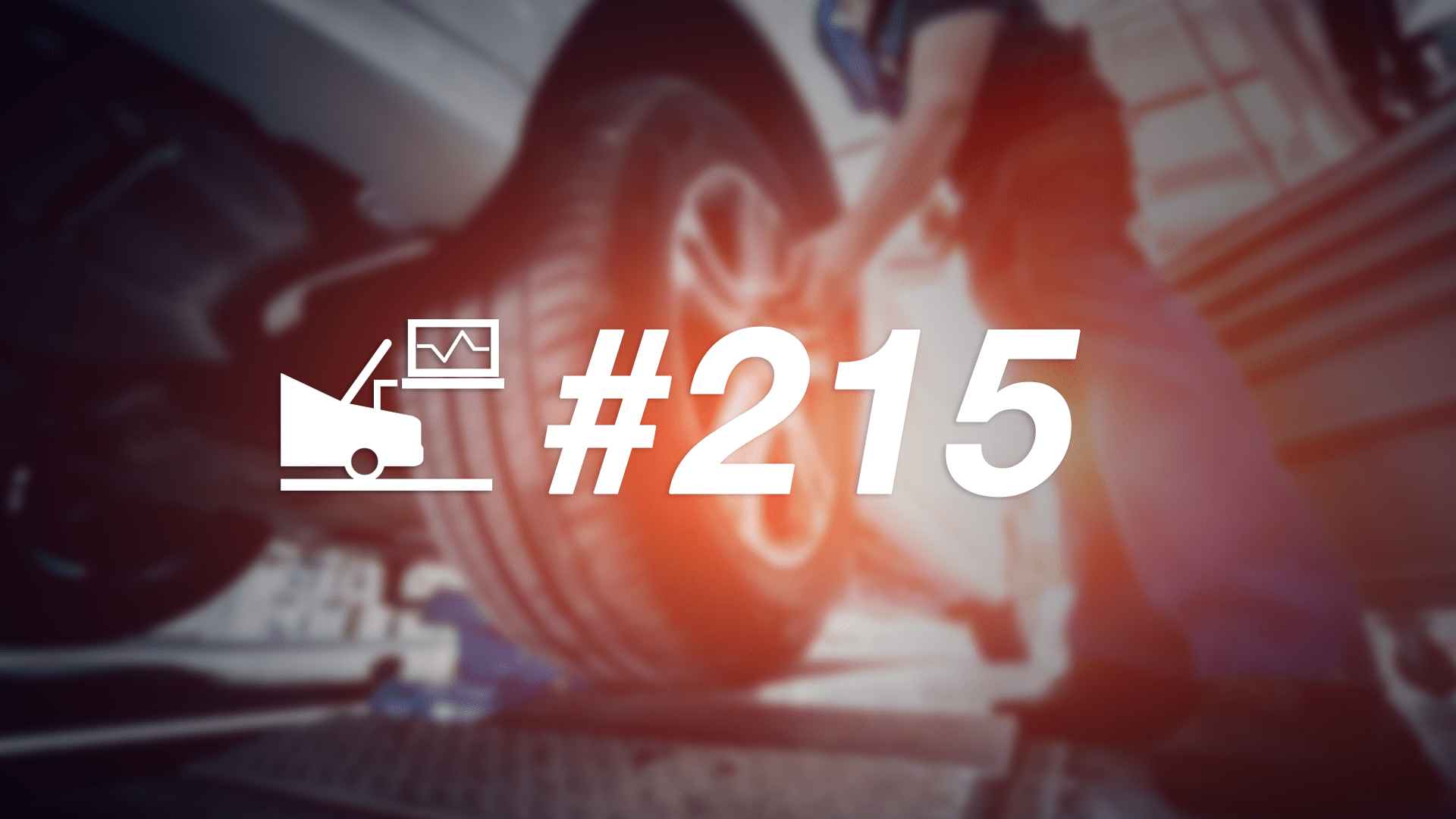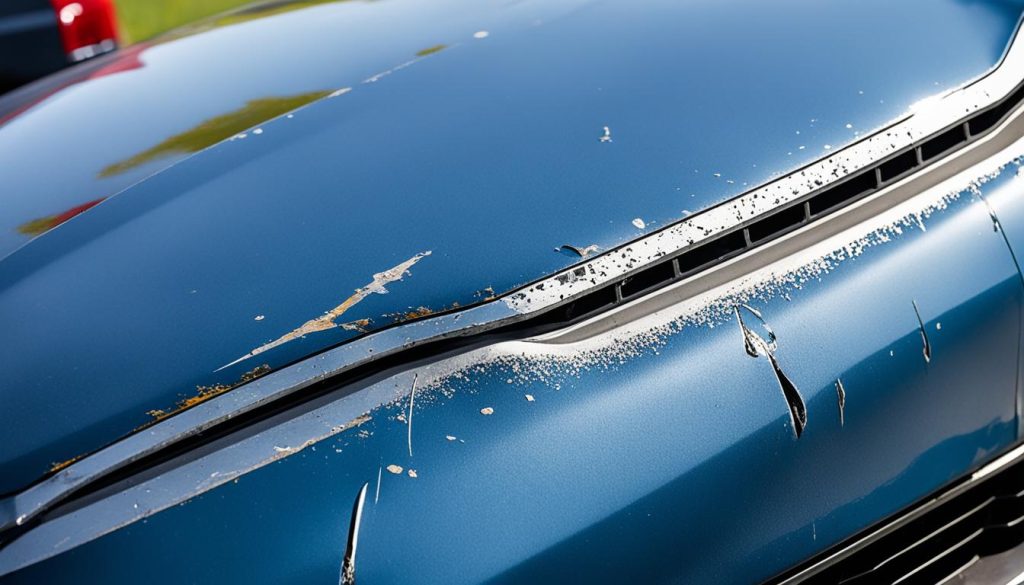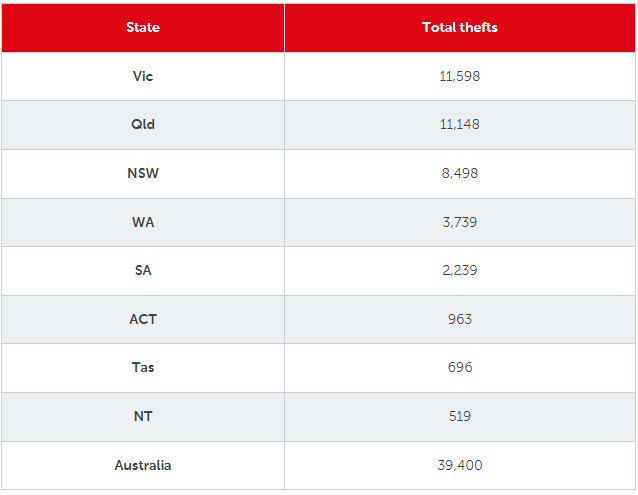Have you ever tried to install a car audio system on your own? Merely saying the task can make it sound challenging, especially if you’re not very tech-savvy. Luckily most information today is only a Google search away. Finding a detailed guide online can make all the difference in completing the task. Even if following this article doesn’t work, you can opt to pay a professional to install it for you.
What Will You Need?
To install car audio, you may need to buy wiring because car amplifiers usually don’t come with them. You will need the wiring to hook the amp to your car stereo system. Other tools that will be required will include the following:
- Power and Ground Wires: These wires are needed to supply power to your amplifier. You will need to connect them to your vehicle’s electrical system. The power and ground wires must be thick enough to handle the amp’s power demand. Cords that are not thick enough cause problems with operation. Refer to your amp’s instructions to determine the recommended wire size. Measure the distance between the car battery and the amplifier to ensure you get the right length of wire.
- In-Line Fuse: An in-line fuse is supposed to be within half a foot of the connection to the battery. This fuse protects you, your car, and your stereo system from short circuits. Look for amplifier wiring kits that suit your amp’s specifications.
- RCA Cables and Speaker Wires: An amplifier will require RCA cables to get input signals from the stereo receiver’s output. RCA cables typically come in pairs and a variety of lengths. When you start running speaker wires from the amplifier’s output to the speakers, any size wire from 18- to 14- will do. Subwoofers need between 16- and 12-.
Okay, Now, What Do I Do?
The installation will depend on the amp equipment you purchased and your vehicle’s make. If you need more clarification on these specifics, call a professional.
- Disconnect Your Car Battery
Be sure to park your car on a flat surface and with the parking brake engaged before beginning. Next, open up the hood and disconnect the battery. Start with the negative terminal. Doing so will prevent shorts and shocks while you are working.
- Stabilise the Amplifier
You need to choose a safe spot to stabilise your amp. Most manufacturers will include recommendations in the instructions. It is important to remember that amps produce heat. They need a few inches of air space on all sides to keep cool. Do not mount the amplifier upside down. This idea may save space, but the heat being put out will radiate back into the amp, which can cause overheating and fires.
Make sure that there’s enough room to connect the wiring and adjust the controls. Your amplifier should also be at least three feet from your stereo to avoid any interference.
Good locations for you amp can include the following:
On the passenger-side firewall
In the truck/hatch area
Under a seatYou will need to conceal any exposed wiring for safety reasons. Use plastic wire ties to secure the wiring to ensure that the wires don’t interfere with any moving parts of the vehicle.
- Install the Power Wire
You must run the power wire from the car battery through the firewall and the car’s body to the amplifier. To achieve this, find an unused grommet in the firewall to pass the wire through. You can drill a hole through the firewall if you don’t have any. Make sure you don’t drill into electrical cables or gas lines. You will need to use a new grommet on the drilled hole to prevent damage to the wire.
- Put in the Fuse Holder
If your power wire already has a fuse holder, you can skip this step. If it doesn’t, find somewhere to put the fuse holder close to the car battery. Ideally, it should be less than 6 inches from the battery. Stabilise the holder with a screw or cable tie.
Next, cut a short piece off the power wire’s end. The piece should be long enough to reach the fuse holder from the car battery. A wire stripper should strip the insulation off both ends of the cut wire. Then, crimp a terminal ring onto one end of the cut wire. Attach the fuse holder to the other end. Strip any insulation off the power wire end and connect it to the other end of the fuse holder.
- Connect the Power Wire
Once the power wire is connected to the fuse holder, attach the power wire to the positive battery terminal. Remove the nut from the battery terminal; place the power cable’s ring over the bolt to secure the battery terminal to the battery post. Replace the nut.
Next, thread a wire loom over the power cable until it can reach the firewall and cut it to make it fit. Then thread wire loom over the short wire attached to the fuse holder and battery.
- Put in the Ground Wire
Locate a bolt on your car’s metal frame close to the amplifier. You can drill a new hole if you do not have one. Once again, make sure you don’t drill into any wires, lines, or gas tank. Next, crimp a ring terminal to the short ground cable. Scrape any paint and clean any dirt off where the bolt is located so that the ground wire connection is bare metal. Then secure the terminal tightly to the car’s metal chassis.
- Plug in the RCA, Speakers, and Remote Turn-On Leads
Plug the leads from the amplifier into the back of your stereo head unit. Connect the amp’s front, rear, and subwoofer wires to the appropriate speakers. Once all cables are connected, check that everything is tight and secure.
- Turn the System On
Set all of the amplifier’s gains to the minimum, and turn off all filters, bass boosts, and EQ. Check that the main fuse is secure. Finally, reconnect the negative battery cable.
Turn on the car and radio. Check the following:
The amp’s power light
That the sound is coming from each speaker
Ensure each speaker is working without static or distortion
When following these steps, remember that different cars and vehicles are more complicated than others. Every car stereo system will differ, so that the specifics may vary. When in doubt, seek a professional.
#Install #Car #Audio #System










